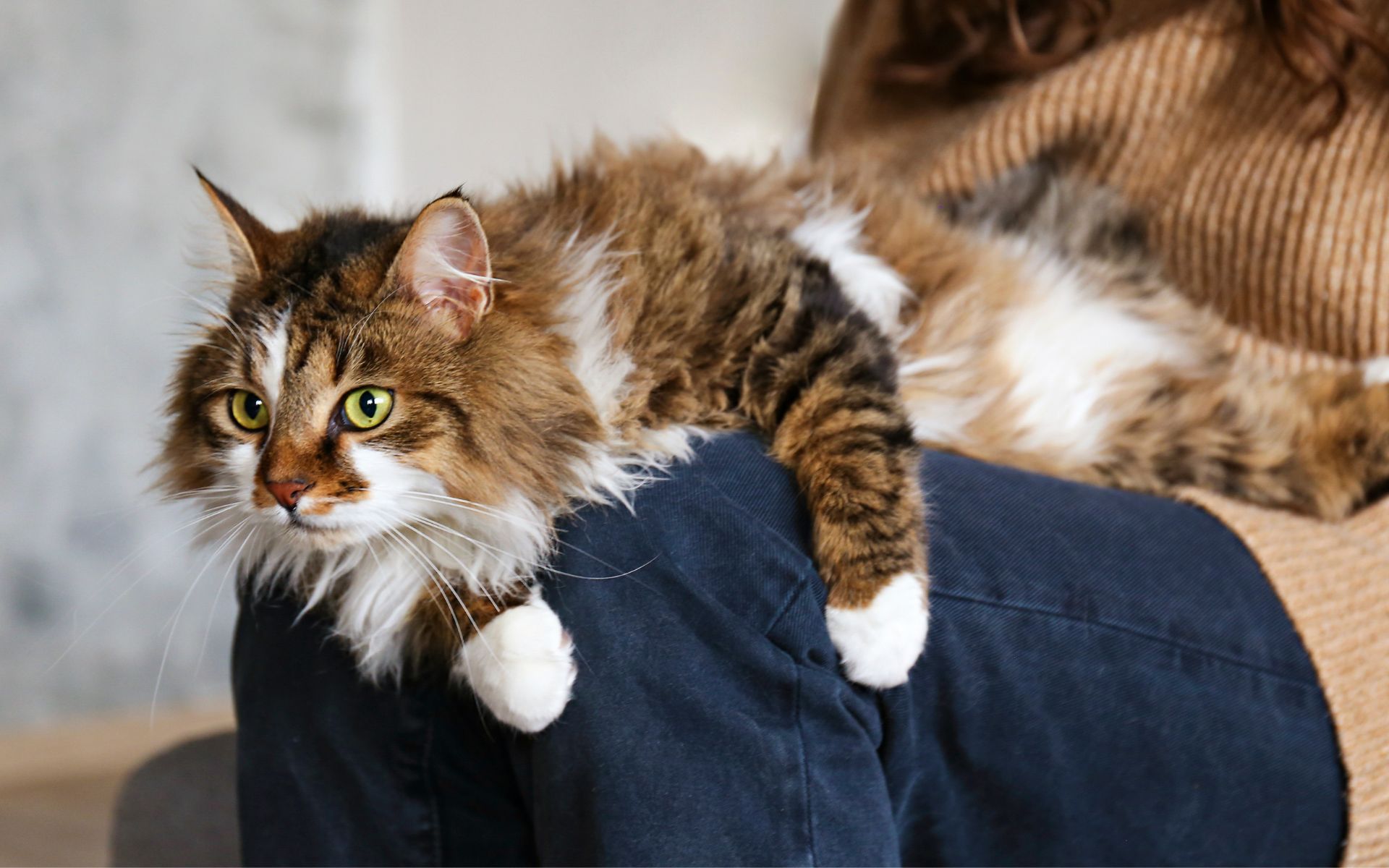Cats are the most popular pet in the United States but only 54.3% of cats visit the vet compared to 82.8% of dogs (AVMA 2011). That means almost 27 million cats aren’t receiving life-saving veterinary care! Because cats are more solitary than their canine counterparts, they can be masters of disguise, hiding signs of disease until they are very sick. Preventative care is essential to identify early changes and to keep your cat healthy, happy and living longer.
What does feline preventative care entail?
- Physical Exam
- Behavior Management
- Vaccinations (even indoor cats!)
- Parasite Prevention
- Nutrition and Weight Control
- Dental Care
- Screening Bloodwork
Signs your cat needs to visit the veterinarian as soon as possible:
- Changes in, or inappropriate, elimination behavior including straining to urinate.
- Changes in weight – unexpected loss or gain.
- Changes in social interactions.
- Changes in grooming.
- Changes in activity or behavior.
- Changes in vocalization (meowing).
- Changes in sleeping habits.
- Changes in chewing or bad breath.
- Changes in food or water consumption.
- Screening Bloodwork
- Vomiting
*Adapted from CatHealthy.ca
Tips for a stress-free visit:
Choose a carrier that opens from the top or has a removable lid.
Many days before the vet visit, help your cat get used to the carrier by leaving it open in the house with food or friendly toys.
Spray the carrier with cat-calming hormones such as Feliway™.
Always bring your cat in its own carrier. If you have two cats, don’t put them in the same carrier. When moving the carrier, keep it stable by holding the bottom. Holding the handle makes the carrier swing so cats feel unstable and nauseous!
Place the carrier in a stable position or buckle it into the car when traveling to prevent movement during travel.

